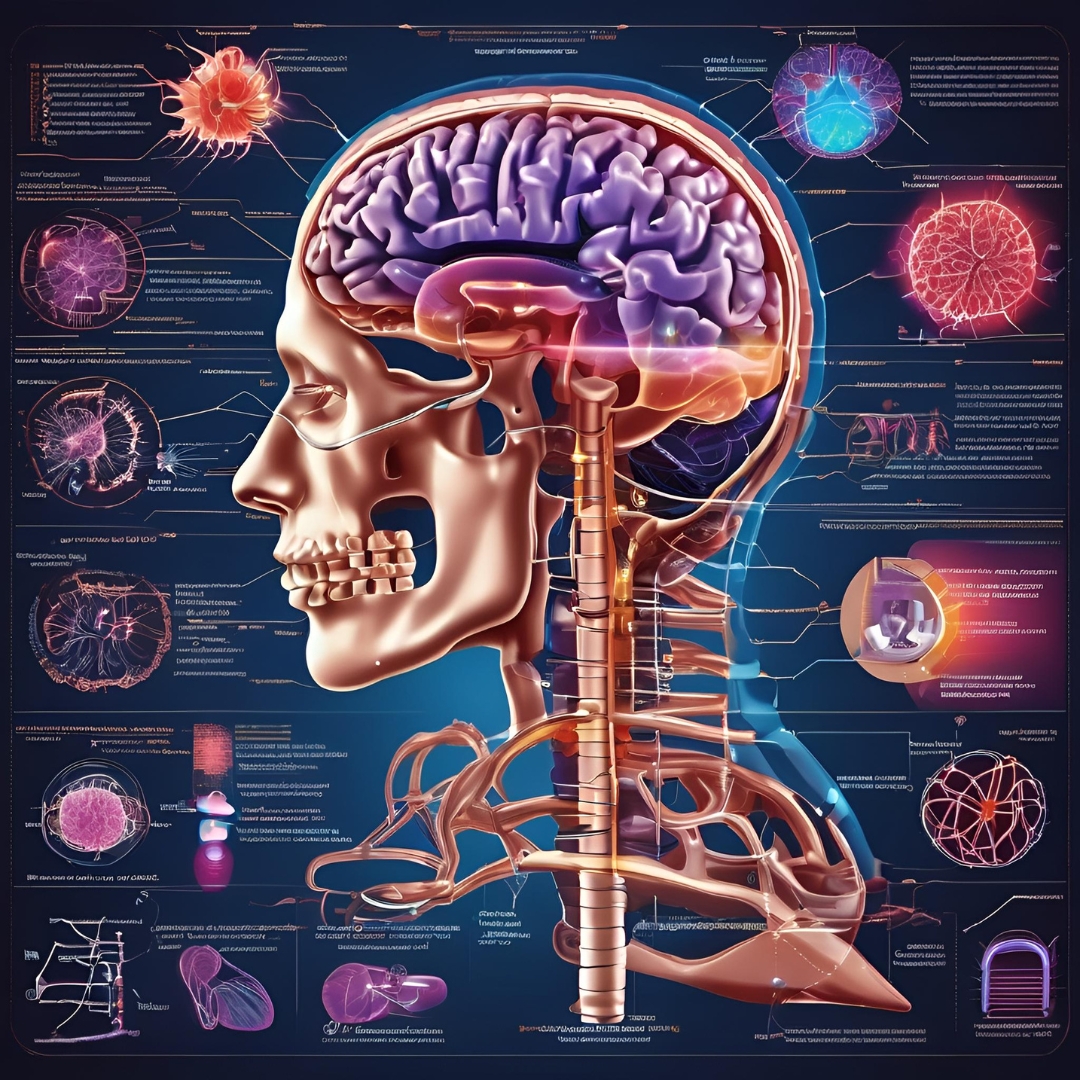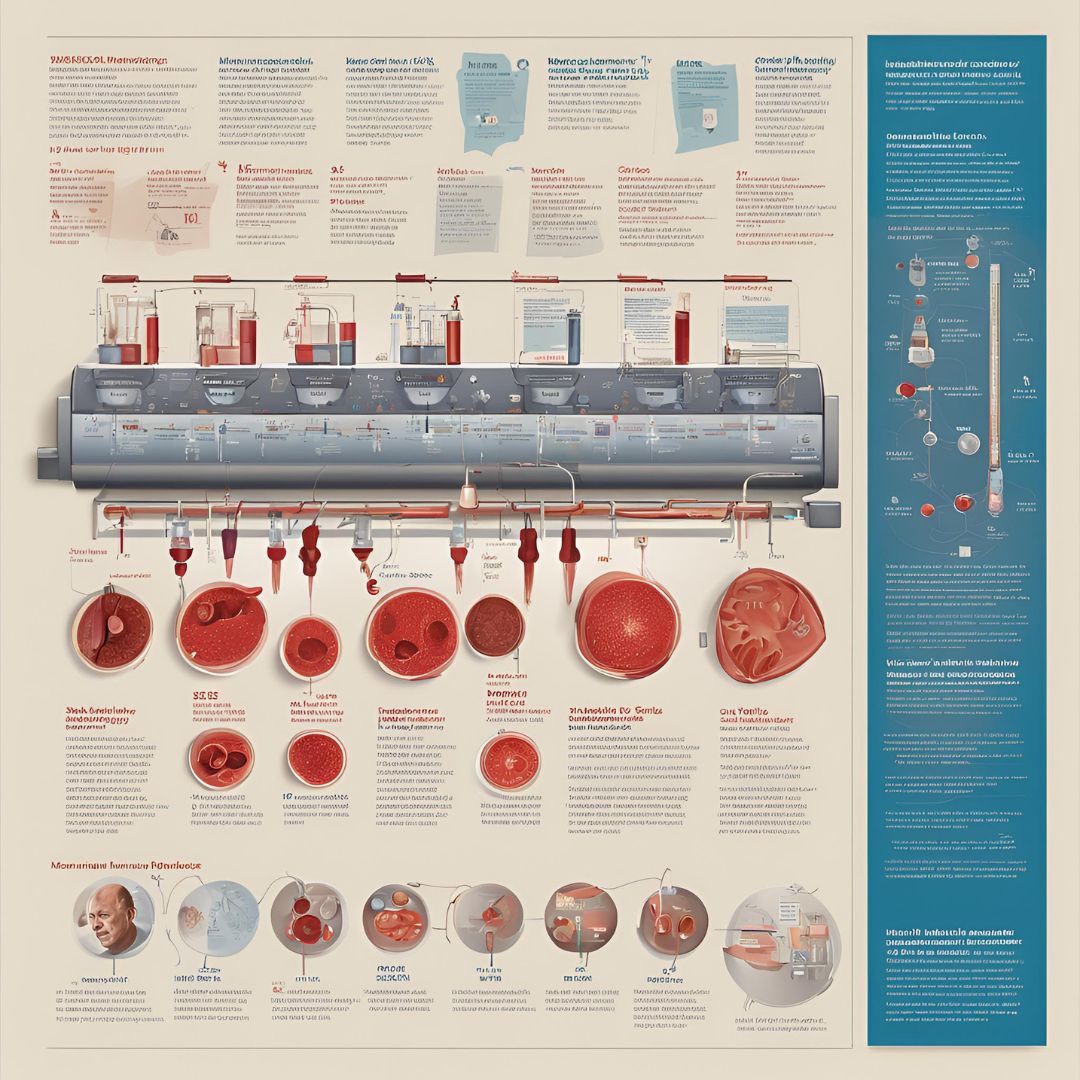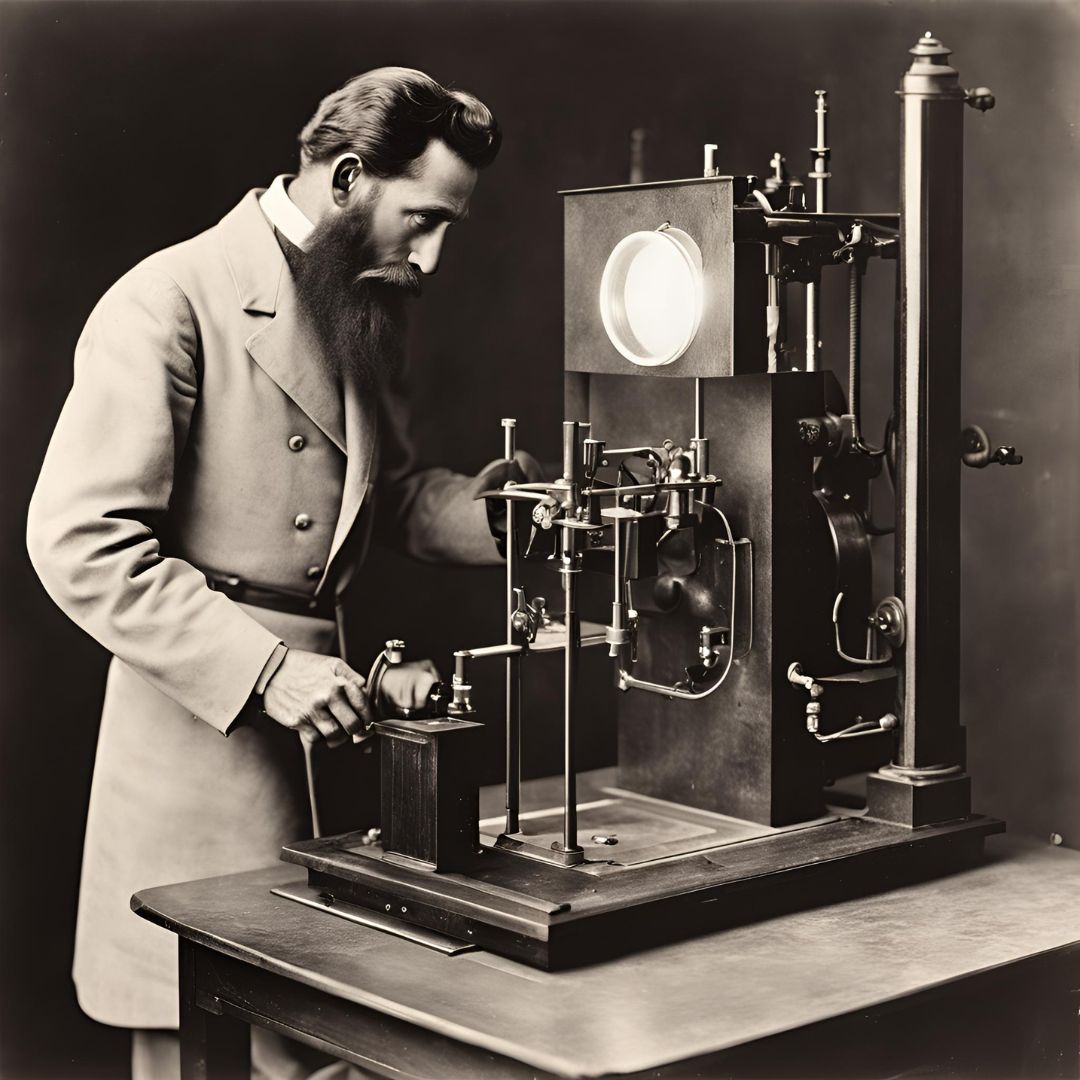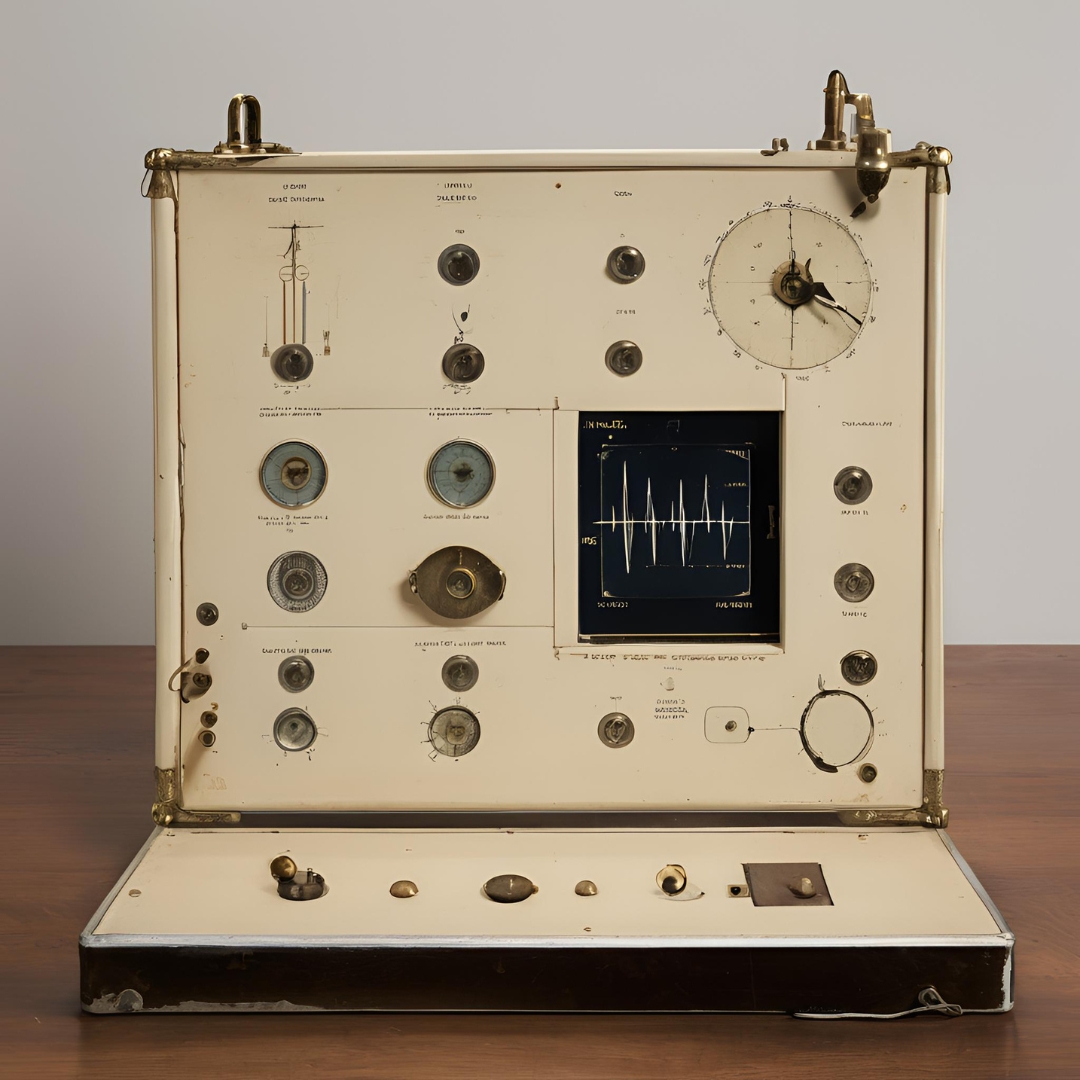Neurological disorders, such as Parkinson’s disease, Alzheimer’s, epilepsy, and stroke, affect millions of people worldwide. These disorders affect the nervous system and cause a wide range of symptoms, from motor dysfunction to memory loss. This significantly reduces the quality of life for those affected. I find it fascinating to explore how innovative technologies can offer new solutions for these complex disorders. These advancements have the potential to improve treatment outcomes and enhance patient well-being.
Here’s a closer look at how biomedical engineering is helping to tackle neurological disorders through advanced technology and innovative treatments.
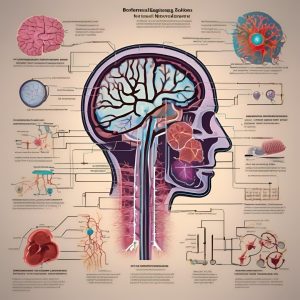
Neural Implants and Brain-Computer Interfaces:
One of the most promising areas of biomedical engineering for neurological disorders involves neural implants and brain-computer interfaces (BCIs). These technologies aim to bridge the gap between damaged neural circuits and external devices to restore function or improve communication.
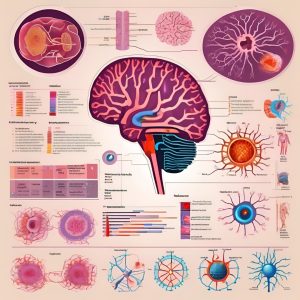
-
Deep Brain Stimulation (DBS):
DBS is an FDA-approved treatment for movement disorders like Parkinson’s disease. It involves implanting electrodes into specific brain areas to regulate abnormal neural activity. By delivering electrical impulses, DBS can help alleviate symptoms such as tremors, stiffness, and impaired movement. Biomedical engineers are working to refine DBS technologies to make them more precise, targeted, and adaptable to a wider range of neurological conditions, including depression and epilepsy.
-
Brain-Computer Interfaces (BCIs):
BCIs allow individuals to control external devices, such as prosthetics or computers, using their brain signals. BCIs are particularly beneficial for patients with spinal cord injuries or neurological disorders that impair motor functions. For example, patients with amyotrophic lateral sclerosis (ALS) can use BCIs to communicate by translating their brain signals into commands on a computer, enabling them to express thoughts and control devices despite losing muscle function.
These interfaces are constantly evolving, with advances in machine learning and signal processing enabling more sophisticated and responsive systems. In the future, BCIs could help restore lost functions in patients with severe neurological damage, providing them with greater independence and quality of life.
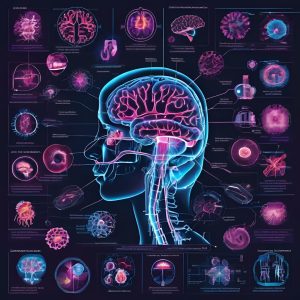
Neuro prosthetics:
this is combine neuroscience and engineering to create devices that can restore function in patients with neurological impairments. These devices interface with the nervous system to replace or support the function of a damaged or missing biological part.
- Cochlear Implants: One of the most well-known neuro prosthetic devices, cochlear implants, allows individuals with hearing loss to regain a sense of sound by stimulating the auditory nerve directly. Biomedical engineers are continually improving these devices to enhance sound quality and better replicate natural hearing.
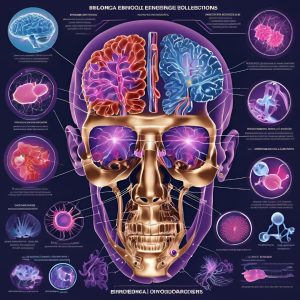
- Retinal implants can restore partial sight for patients with vision impairments caused by retinal diseases. These devices convert visual information into electrical signals that stimulate the remaining functional cells in the retina, sending this information to the brain. Although still in early development, retinal implants offer hope for restoring vision in patients with degenerative eye diseases like retinitis pigmentosa.
- Bionic Limbs: Neuro prosthetic limbs equipped with advanced sensors and electrodes allow amputees to control their prosthetic limbs using their neural signals. These bionic limbs offer greater mobility, dexterity, and a more natural interaction with the environment compared to traditional prosthetics.

Stroke Rehabilitation:
Stroke is a leading cause of long-term disability, often affecting mobility, speech, and cognitive function. Biomedical engineers are developing innovative technologies to enhance stroke rehabilitation and support recovery.
- Robotic Exoskeletons: Robotic exoskeletons are wearable devices that support mobility and assist in rehabilitation. They help stroke patients regain strength, coordination, and independence, and improve gait training for walking recovery.
- Functional Electrical Stimulation (FES): FES involves applying electrical currents to the muscles to stimulate movement in paralyzed limbs. For stroke patients, FES can be used during physical therapy to help retrain the muscles and restore movement. Biomedical engineers are working to improve the precision and effectiveness of FES to make it a more reliable and widely used treatment for stroke rehabilitation.
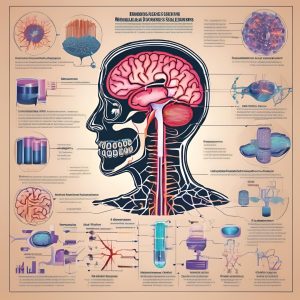
Advances in Imaging and Diagnostics:
Early diagnosis is key to effective treatment for many neurological disorders. Biomedical engineers are advancing imaging technologies that allow doctors to visualize the brain in greater detail, helping them diagnose conditions more accurately and monitor disease progression.
- Magnetic Resonance Imaging (MRI): MRI technology has advanced to the point where it can capture highly detailed images of the brain’s structure and function. Functional MRI (fMRI) is particularly useful in mapping brain activity, allowing doctors to understand how different parts of the brain are affected by neurological disorders.
- Positron Emission Tomography (PET): PET scans use radioactive tracers to detect abnormal activity in the brain, such as the buildup of amyloid plaques in Alzheimer’s disease. This imaging technique helps doctors identify early signs of neurodegenerative diseases, improving the chances of early intervention.
- Optogenetic: Optogenetic is a cutting-edge technique that uses light to control cells in the brain. By genetically modifying specific neurons to be responsive to light, researchers can activate or inhibit these cells to better understand their function in neurological disorders. Although still largely experimental, optogenetic offers new insights into brain circuits and potential therapeutic applications.

Stem Cell Therapy and Regenerative Medicine:
Regenerative medicine is another promising area of biomedical engineering for treating neurological disorders. Stem cells have the ability to develop into many different types of cells in the body, making them a potential source of replacement cells for damaged neurons.
- Stem Cell Therapy: In neurological disorders like Parkinson’s disease and multiple sclerosis, stem cell therapy aims to replace the damaged neurons with healthy ones. Early clinical trials have shown promising results, with some patients experiencing improvements in motor function and symptoms.
- Tissue Engineering: Biomedical engineers are also exploring tissue engineering techniques to create scaffolds that support neural regeneration. By using biocompatible materials, these scaffolds can provide the necessary environment for new neurons to grow, offering hope for patients with traumatic brain injuries or degenerative neurological diseases.
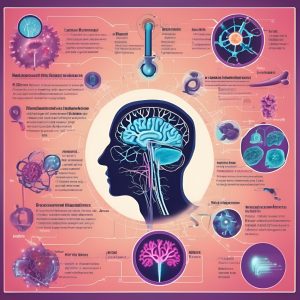
Looking Ahead: The Future of Neurological Treatments
The future of biomedical engineering in treating neurological disorders is incredibly promising. As we better understand the brain and nervous system, evolving technologies will bring more groundbreaking solutions.
